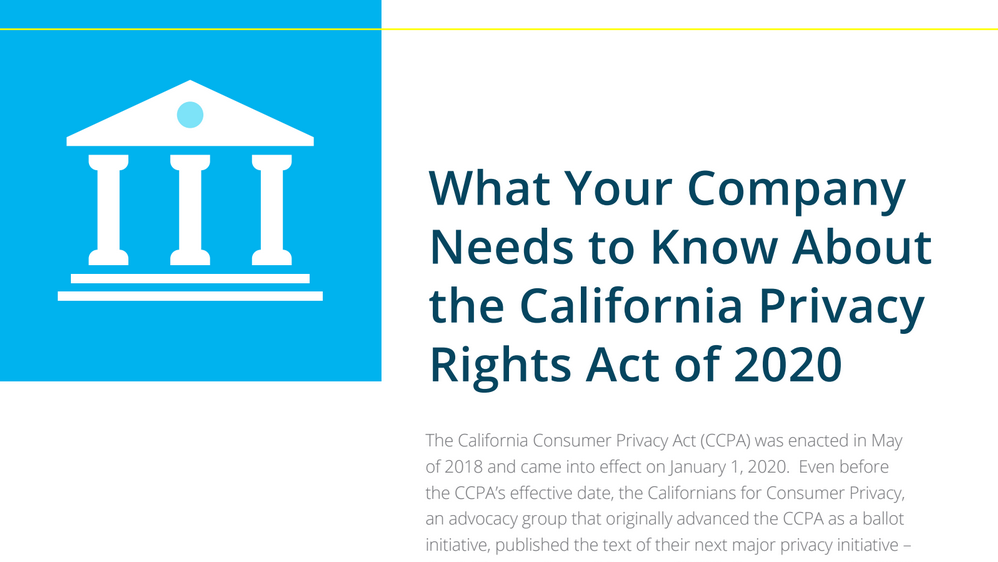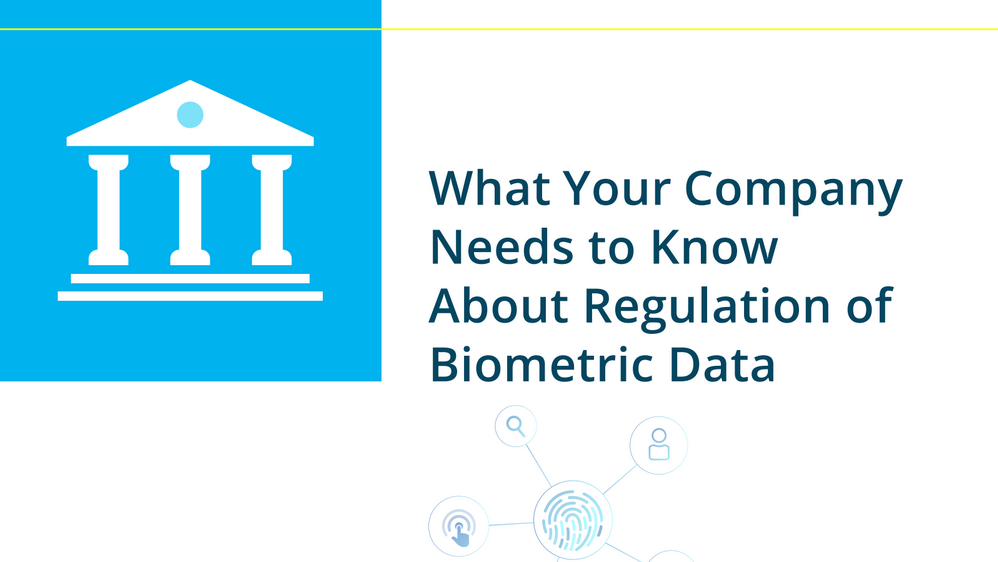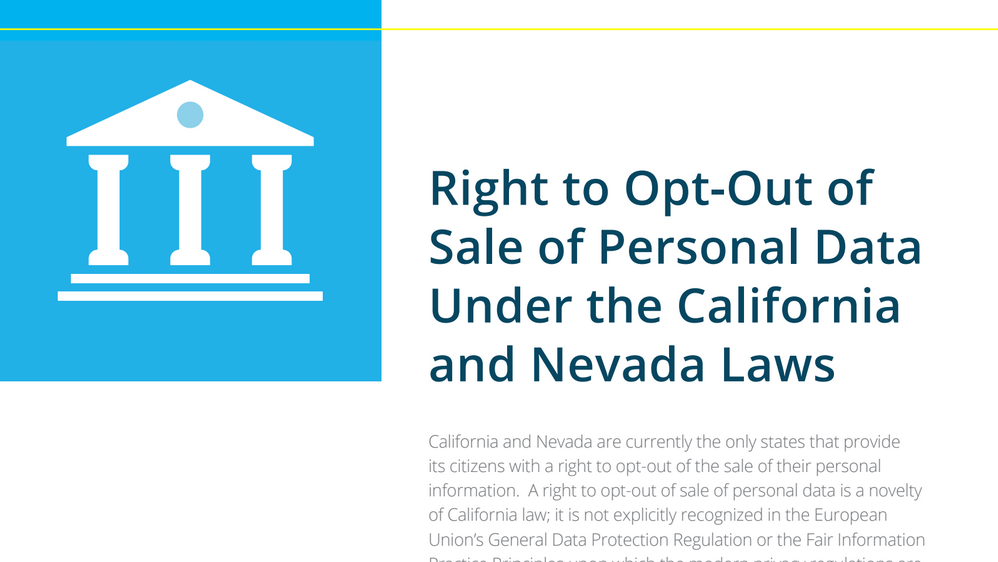Data Mapping and Categorization: The Roadmap to Your Organization’s Data

The proliferation of privacy and data protection regulations around the world, data security risks, as well as consumers’ emerging awareness of their rights and growing expectation that companies take steps to protect their privacy and personal information, require organizations to take a structured approach toward their privacy and data management practices. Developing a proactive privacy and data management program is essential not only for compliance and data risk management but also to maintain consumers’ trust and confidence, and to sustain and grow the organization’s position in a competitive marketplace.
As part of your data management program, every department in your organization must go through a process of inventorying and categorizing data, i.e., data mapping. Data mapping should answer the following questions:
- What data does the organization collect?
- How does the organization collect data?
- For what purpose is the data collected?
- How is data protected?
- Which vendors and third parties will the data be disclosed to?
- How long and where is the data stored?
The process of data mapping will provide a proverbial “roadmap” to the organization’s data collection, processing, storage, and transfers. Data mapping should make every department consider the type of data it collects, why it collects the data, and what it does with the data. This, in turn, will help the organization make informed decisions about information management and successfully comply with privacy regulations.
Generally, there are two approaches to data mapping: manual and automatic. The manual process is conducted with the help of questionnaires and interviews with the appropriate employees and vendors. It usually involves a team spanning several business units to collect the necessary information.
Automated data mapping uses computer software, such as Clarip’s data mapping software tools, to scan the organization’s electronic systems, website, and internal servers and storage to determine what data is being collected and transferred within and outside the organization. The benefits of an automatic approach are that it is more efficient and usually less expensive. Furthermore, the sheer volume of data processed by modern organizations would most likely require at least some degree of data mapping automation.
Take a tour of Clarip’s patented technology and learn how Clarip can help significantly reduce cost and time in your data mapping efforts. Schedule a Demo Today!
Access Clarip’s Privacy Whitepapers Today
For assistance with Consumer Deletion Requests, call Clarip today at 1-888-252-5653 or contact us.
Privacy News
– Clarip Blog
Whitepapers
– What Your Company Needs to Know About Regulations of Biometric Data
– Right to Opt-Out of Sale of Personal Data Under the California and Nevada Laws
– Responding to Personal Data Deletion Requests Under the California Consumer Privacy Act
– Right to Opt-Out of Sale of Personal Data Under the California and Nevada Laws
– Verifiable Data Subject Requests under the GDPR and the CCPA
– Other Resources
California Consumer Privacy Act
– CCPA Text
– CCPA Summary
– CCPA vs GDPR
– CCPA Privacy Software
– CCPA Webinar
– SB-1121 Amendments
EU GDPR
– GDPR Text
– GDPR Compliance
– Consent Management Software
– GDPR Data Mapping Software
– DSAR Portal



















